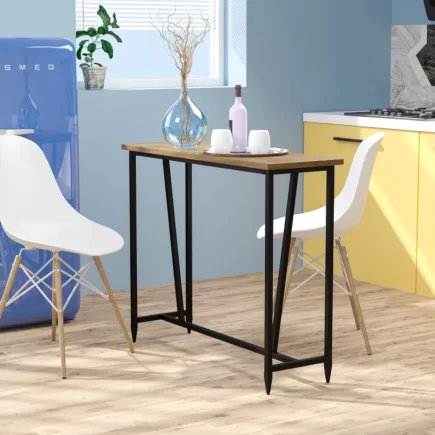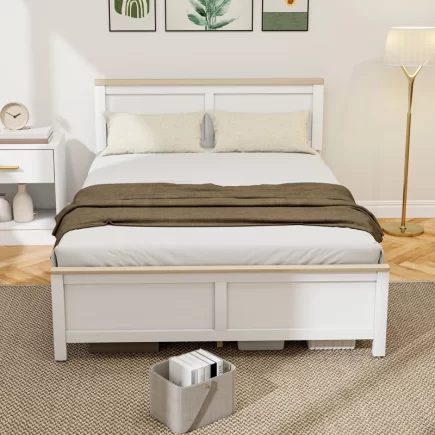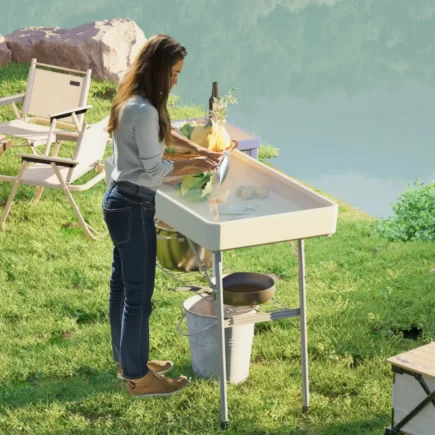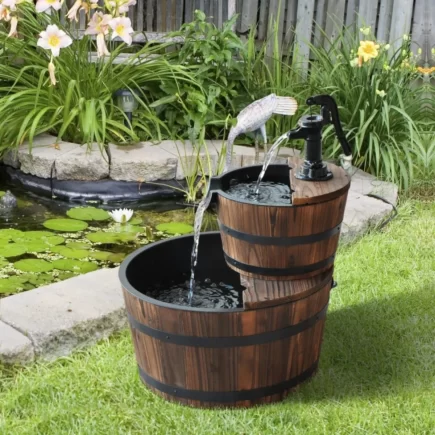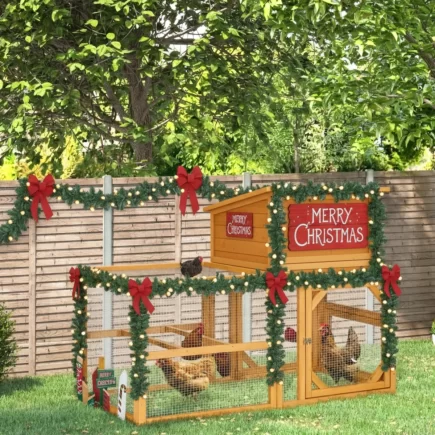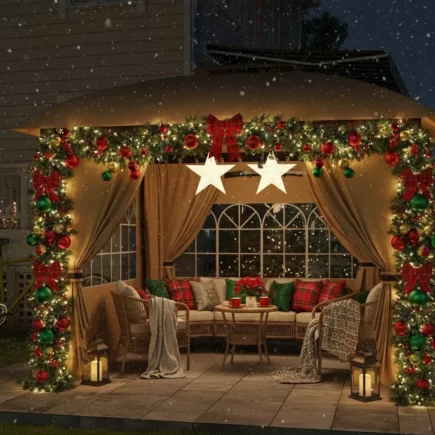Outdoor lighting plays a crucial role in enhancing the safety, aesthetics, and security of your property. One of the most effective ways to light up your outdoor space is by installing a lamp post. A well-placed lamp post not only adds charm to your front or backyard but also improves visibility during nighttime, helping to deter crime or accidents. Whether you’re lighting up a driveway, garden, or patio, installing a lamp post can transform the ambiance of your home.

This guide will walk you through the step-by-step process of installing a lamp post, from choosing the right design to ensuring it’s safely connected to power. We will also cover key factors like cost, maintenance, and how to select the best materials to ensure long-lasting durability.
Step-by-Step Guide to Installing Your Lamp Post
Choosing the Right Lamp Post for Your Space
The first step in your installation process is selecting the right lamp post. The design, height, and material you choose will greatly impact both the functionality and appearance of your outdoor lighting. Here are key considerations when making your choice:
- Size: For residential settings, an 8-foot lamp post is often ideal, as it provides ample lighting without overwhelming the space or spilling over into your neighbor’s yard. If you want to highlight specific features like a driveway or garden, you may opt for a taller post.
- Type of Lamp: Lamp posts come in a variety of configurations. You can choose from single-bulb setups for focused lighting or multi-bulb designs for broader illumination. Think about the area you’re lighting to determine which option will suit your needs.
- Material: The material of your lamp post affects both its longevity and appearance. Common materials include:
Aluminum: Lightweight, corrosion-resistant, and affordable.
Steel: Strong and durable, ideal for areas with harsh weather.
Cast Iron: Provides an elegant, traditional look and is incredibly sturdy.
Site Selection and Preparation
Choosing the correct location for your lamp post is critical. The spot you select should maximize lighting coverage while ensuring safety and ease of installation. Consider these factors:
- Proximity to a Power Source: Your lamp post needs to be close enough to an electrical outlet or your home’s power source. If you plan to hardwire the lamp post, you’ll need to run electrical conduit from the post to your power source.
- Avoiding Obstructions: Make sure the lamp post won’t interfere with trees, bushes, or other outdoor structures. You also want to avoid placing the post near underground utilities or sprinkler systems.
- Marking the Location: Once you’ve chosen the ideal spot, mark the area clearly with a stake or spray paint. This ensures you stay on track during installation.

Digging the Hole and Preparing the Site

- Digging the Posthole: To install a lamp post securely, you’ll need to dig a hole that is 18 to 24 inches deep and about 6 inches in diameter. The depth ensures that the post remains sturdy and won’t tip over during strong winds or storms.
- Gravel Base for Stability: Add a 6-inch layer of gravel to the bottom of the hole. Gravel provides proper drainage, prevents shifting, and helps stabilize the post.
- Trenching for Wiring: If you’re wiring the lamp post to a nearby outlet, you’ll need to dig a trench from the posthole to the power source. The trench should be around 18 inches deep, ensuring that the electrical conduit is well-protected from the elements. A PVC conduit is a popular choice because it is durable and resistant to moisture.
Electrical Connections and Safety Guidelines
Wiring the Lamp Post
Proper wiring ensures your lamp post functions correctly and safely. Here’s how to wire it to a nearby power source:
- Running Electrical Conduit: Use a PVC or RNC (rigid non-metallic conduit) to run wiring from the power source to the lamp post. Be sure to leave enough extra length of wire (about 9 feet) to easily make connections once the post is in place.

- Wire Connections: The lamp post will have a few wire leads: white (neutral), black (hot), and green or copper (ground). Match the corresponding wires from your power source and use wire nuts to secure the connections.
Electrical Safety and Permits
- Turn Off Power: Before working with electrical components, always turn off the power at the main breaker box to avoid any risk of electrical shock.
- Permits and Codes: In some regions, you may need a permit to install a lamp post. Be sure to check with your local authorities to ensure you’re following the appropriate regulations. Some areas have specific rules about electrical installation or the height and location of outdoor fixtures.
Securing the Post and Setting the Foundation
Installing the Lamp Post in Concrete
Once you’ve dug the hole and run the wiring, it’s time to set the lamp post in place:
- Place the Post in the Hole: Insert the lamp post into the hole, ensuring that it is positioned straight and level. A small adjustment may be necessary to ensure the post aligns perfectly.
- Pouring Concrete: Fill the hole with a concrete mix, taking care not to get any concrete inside the conduit or on the electrical wires. The concrete will secure the lamp post and prevent it from tipping over. Leave a few inches of conduit exposed above the surface to allow for future connections.
- Letting the Concrete Set: Allow the concrete to cure for at least 24-48 hours before continuing. The curing time ensures the post is firmly held in place and ready for electrical connections.
Wiring the Lamp Post to the Power Source
After the concrete has set, it’s time to finish the electrical work:
- Threading the Wire: Pull the wire through the post and out the top, ensuring the wire is properly insulated and protected. Double-check that there is no exposed wire that could cause a short or other issues.
- Safety Check: Before making any final connections, test the wire with a circuit tester to ensure everything is working properly. Only connect the lamp post to power once you’re sure the wiring is safe.
Durability and Material Selection
- Materials That Withstand the Elements: Choose materials that will stand up to outdoor conditions, such as aluminum, steel, or cast iron. These materials are known for their strength and durability.
- Energy-Efficient Options: Consider opting for energy-efficient bulbs, such as LED or solar-powered options. These not only reduce your energy bills but also have a longer lifespan, reducing the need for frequent replacements.
DIY vs. Professional Installation
- DIY Costs: Installing a lamp post yourself can save you money, but you’ll need to budget for materials like the lamp post, conduit, concrete, and wiring. You may also need specialized tools like a post-hole digger or trenching spade.
- Professional Installation: If you prefer a hassle-free installation, hiring a professional electrician can ensure the job is done correctly and safely.

Installing a lamp post is a rewarding DIY project that can significantly enhance your home’s curb appeal and functionality. By following this article, you can install a lamp post that not only improves visibility but also adds style and charm to your outdoor space. To make the most of your new Lamp Post, consider adding decorative elements like planters or house numbers. These small additions can make a big difference in the overall look of your outdoor area.
FAQs
1. How do you secure an outdoor lamp post?
To secure an outdoor lamp post, dig a hole 18-24 inches deep, add a gravel base for stability, and set the post in place. Pour concrete around the post to anchor it firmly, leaving the electrical conduit exposed. Allow the concrete to cure for 24-48 hours before connecting the wiring.
2. How can I protect my lamp post wiring from weather damage?
To protect your lamp post wiring, use weatherproof electrical conduit, such as PVC or RNC, to shield the wires. Ensure all connections are properly sealed and insulated to prevent moisture or corrosion.
3. What wire do you use for a lamp post?
For a lamp post, use outdoor-rated wire, typically a 12- or 14-gauge wire with a durable, weather-resistant coating. Ensure the wire is suitable for outdoor electrical connections and is compatible with the voltage requirements of your lamp post.
4. How can I make sure my lamp post is level during installation?
To ensure your lamp post is level, use a spirit level while positioning the post in the hole. Make small adjustments as needed and check for level again before pouring the concrete to secure it.

